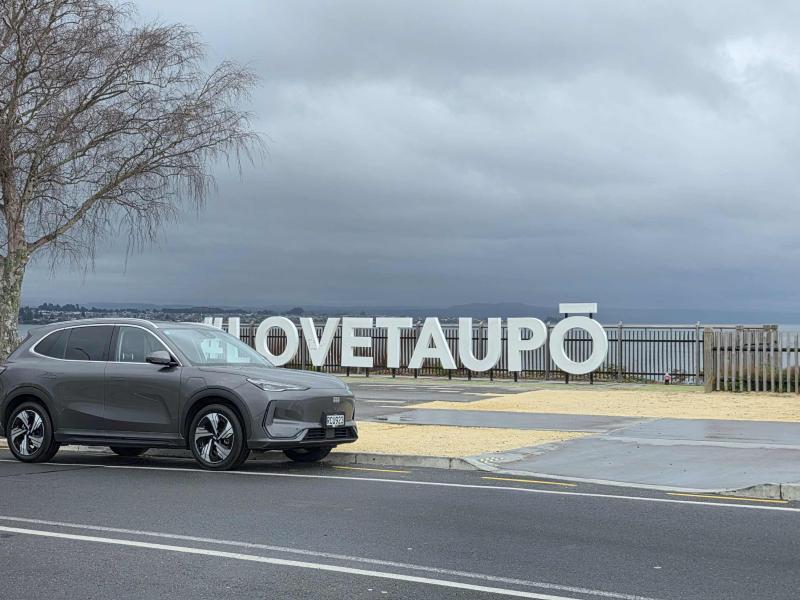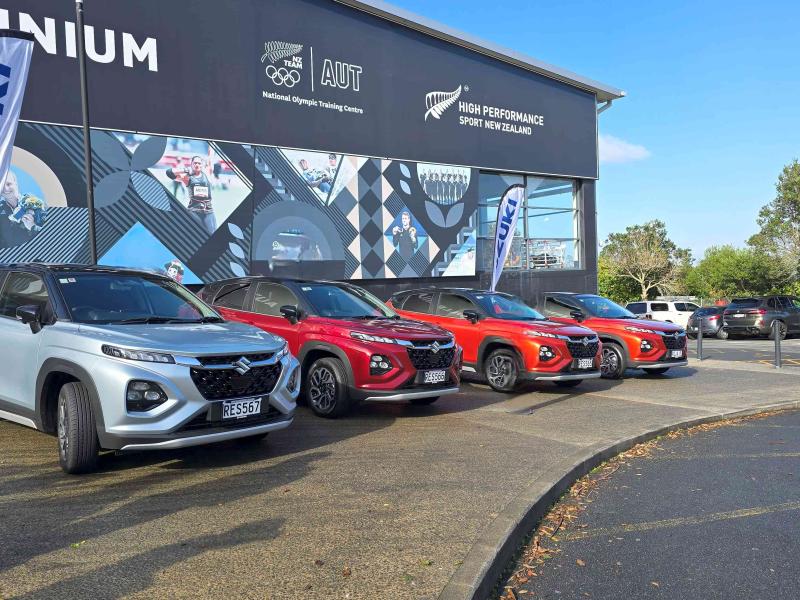Early EV’s were simply EV running gear grafted into an existing ICE (Internal Combustion Engine) platform, so owners were presented with familiar wrappings combined with new technology, but as we move forward and manufacturers come out with EV-only or EV-first designs, they feel compelled to reimagine all areas of the car.
Sometimes this is a big plus, but other times it seems a case of form versus function!
Hyundai’s Ioniq 5 has sharp looks, the eye slit grille with inset headlights looks futuristic, as did the multi spoked wheels on the test car. The flush door handles, that pop out as you approach with the key, are both cool and practical.
It is classed as an SUV but does sacrifice load space for appearance with both a very short tail and a steeply raked hatch, which ends pretty much over the rear seat back.
Inside, the dash is definitely futuristic, with a wide central multipurpose screen plus a similar unit for the driver’s instrumentation and whilst we are not fans of white leather, it did look great in the test car, and it feels very spacious with the lack of any central transmission tunnel to take up space.
Whilst the flat floor in the front creates a great feeling of room it has one major downside as we discovered, my daughter bought a few things at the market we went to and put them on the floor on her side, as you do.
Without the tunnel they can slide across to the driver’s side easily when cornering which is a safety issue – guess you would learn quickly not to do that!
Whilst there are some basic ventilation controls on the dash, such as temperature setting, others such as sync for the dual zone are buried under several menu layers on the central display, making them fairly inaccessible when driving running the risk of the driver diverting attention from the road.
The seats are very comfortable including the rear which has huge leg room, this model has the comfort seat which you can turn into a recliner if you want to stop for a rest – complete with a fold-out leg rest.
When you indicate a turn, you get a rearward display from the side you are turning to which eliminates blind spot risk.
This model has the larger 72kWH battery pack and AWD, it has a 155kW and 350Nm rear motor and a 70kW and 255Nm front motor (total 225kW and 605Nm). The performance is strong, with good power delivery and smoothness that will please any driver.
The claimed driving range (WLTP) is 430 km, but the car instrumentation showed a range of 370 km when 96 percent charged.
We did a reasonably long trip and dropped the battery charge to 30 percent, planned to use a fast charger but plugged it in at home overnight and then did not go anywhere till after lunch the next day by which time it had got back to 80 percent (in around 19 hours).
So, unless you were doing consecutive long trips or a trip beyond the 400 km range, you would not need fast chargers very often. We did find the charge flap rather finicky – requiring the remote to open so you could plug in.
When we returned the car, the dealer showed us a rather neat trick – you can move the car forward or back from outside using the remote – handy if someone parks too close in an angle park!
The Ioniq 5 is certainly an impressive EV, full of great technology once you get used to the quirks.






